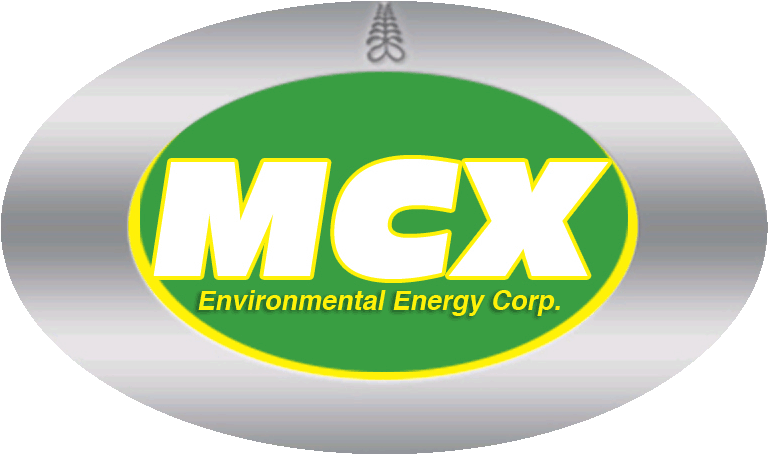GEOTHERMAL HEAT PUMPS
Geothermal heat pump systems consist of three parts: the ground heat exchanger, the heat pump unit, and the air delivery system (ductwork). The heat exchanger is a system of pipes called a loop, which is buried in the shallow ground near the building (either vertically or horizontally). A fluid (usually water or a mixture of water and antifreeze) circulates through the pipes to absorb or relinquish heat within the ground.
Heat pumps work much like refrigerators, which make a cool place (the inside of the refrigerator) cooler by transferring heat to a relatively warm place (the surrounding room), making it warmer. In the winter, the heat pump removes heat from the heat exchanger and pumps it into the indoor air delivery system, moving heat from the ground to the building's interior. In the summer, the process is reversed, and the heat pump moves heat from the indoor air into the heat exchanger, effectively moving the heat from indoors to the ground. The heat removed from the indoor air during the summer can also be used to heat water, providing a free source of hot water.
Geothermal heat pumps use much less energy than conventional heating systems, since they draw heat from the ground. They are also more efficient when cooling your home. Not only does this save energy and money, it reduces air pollution.



